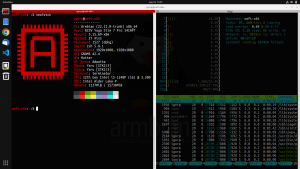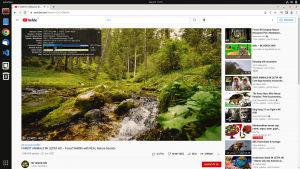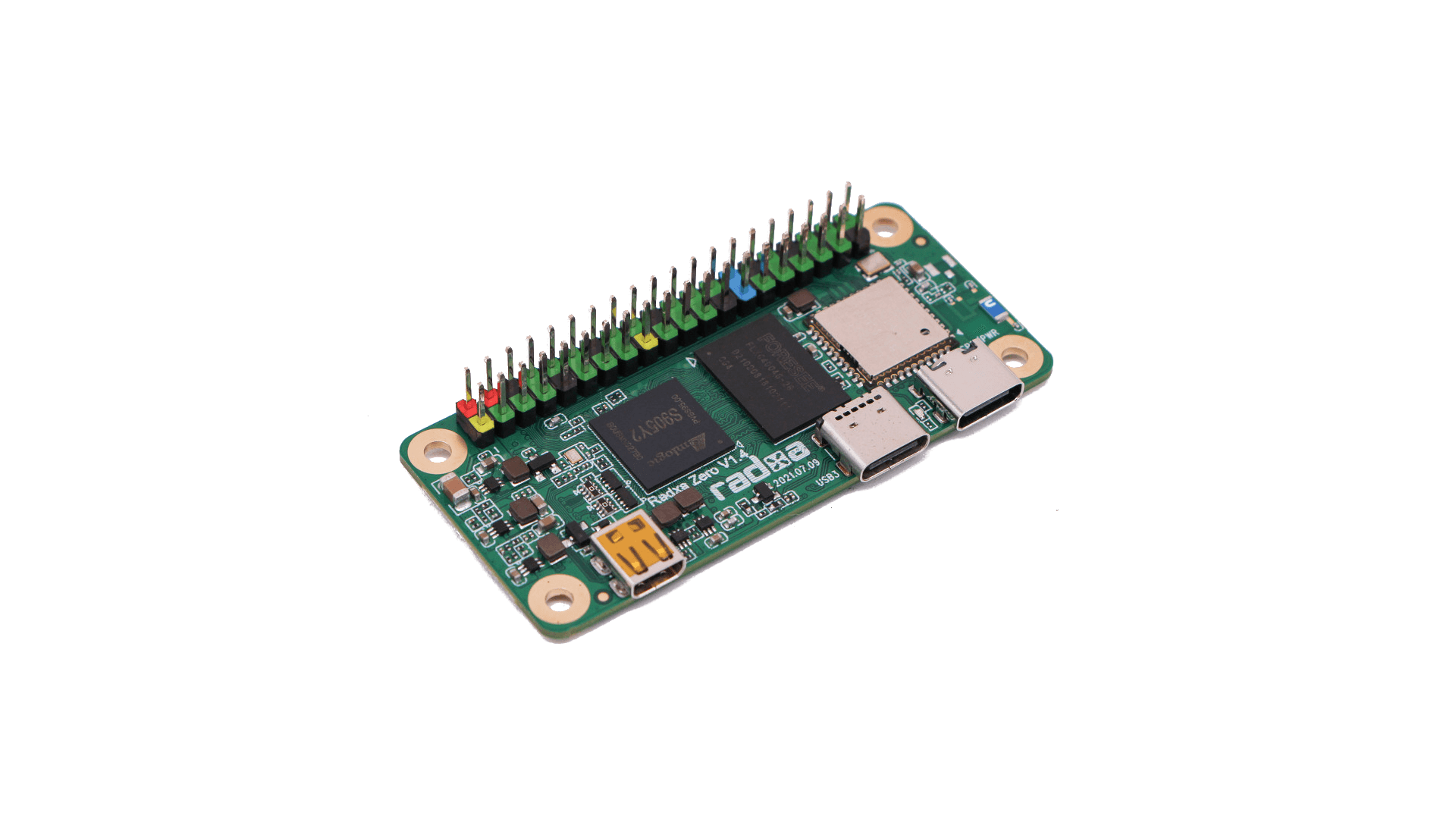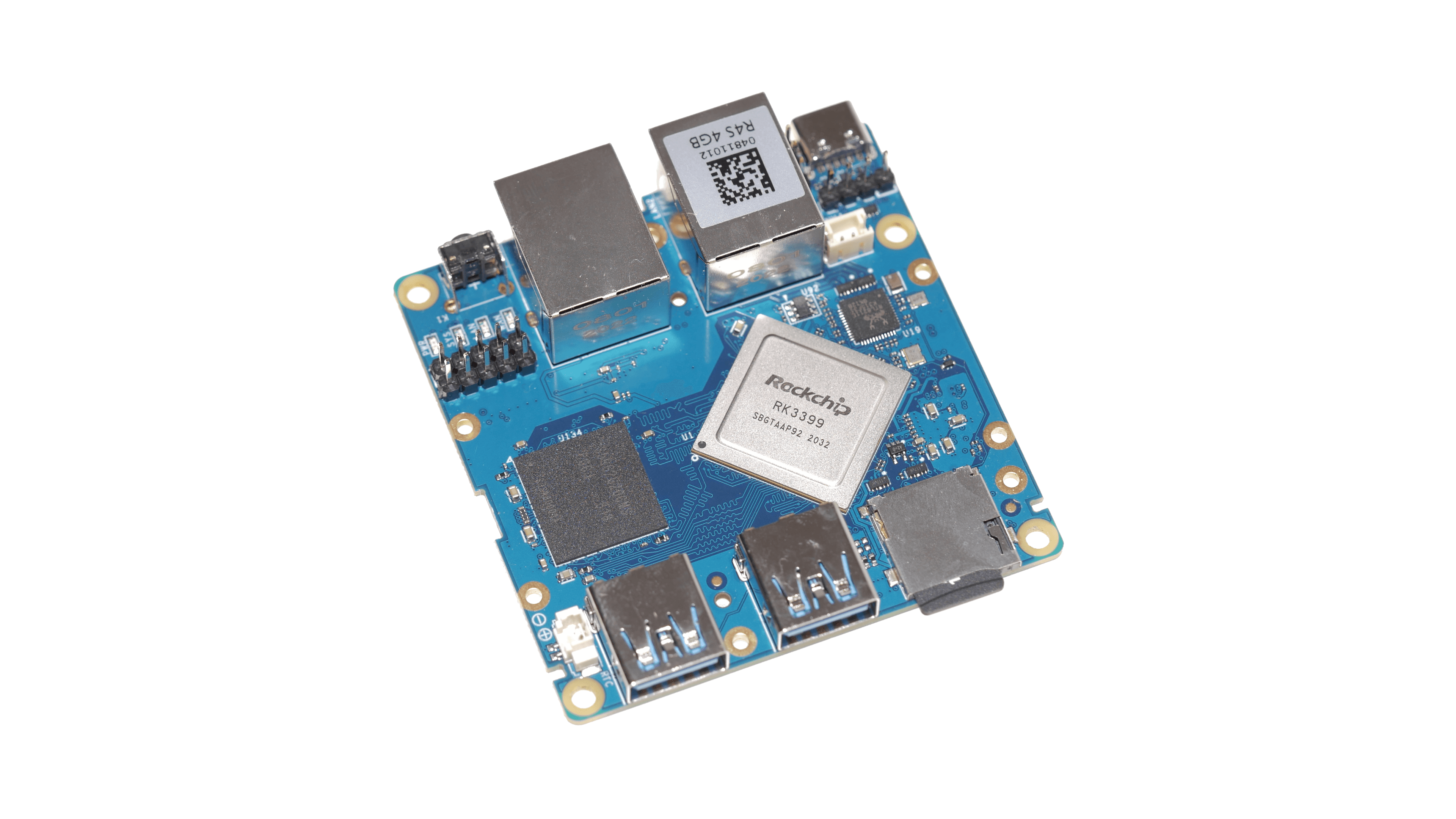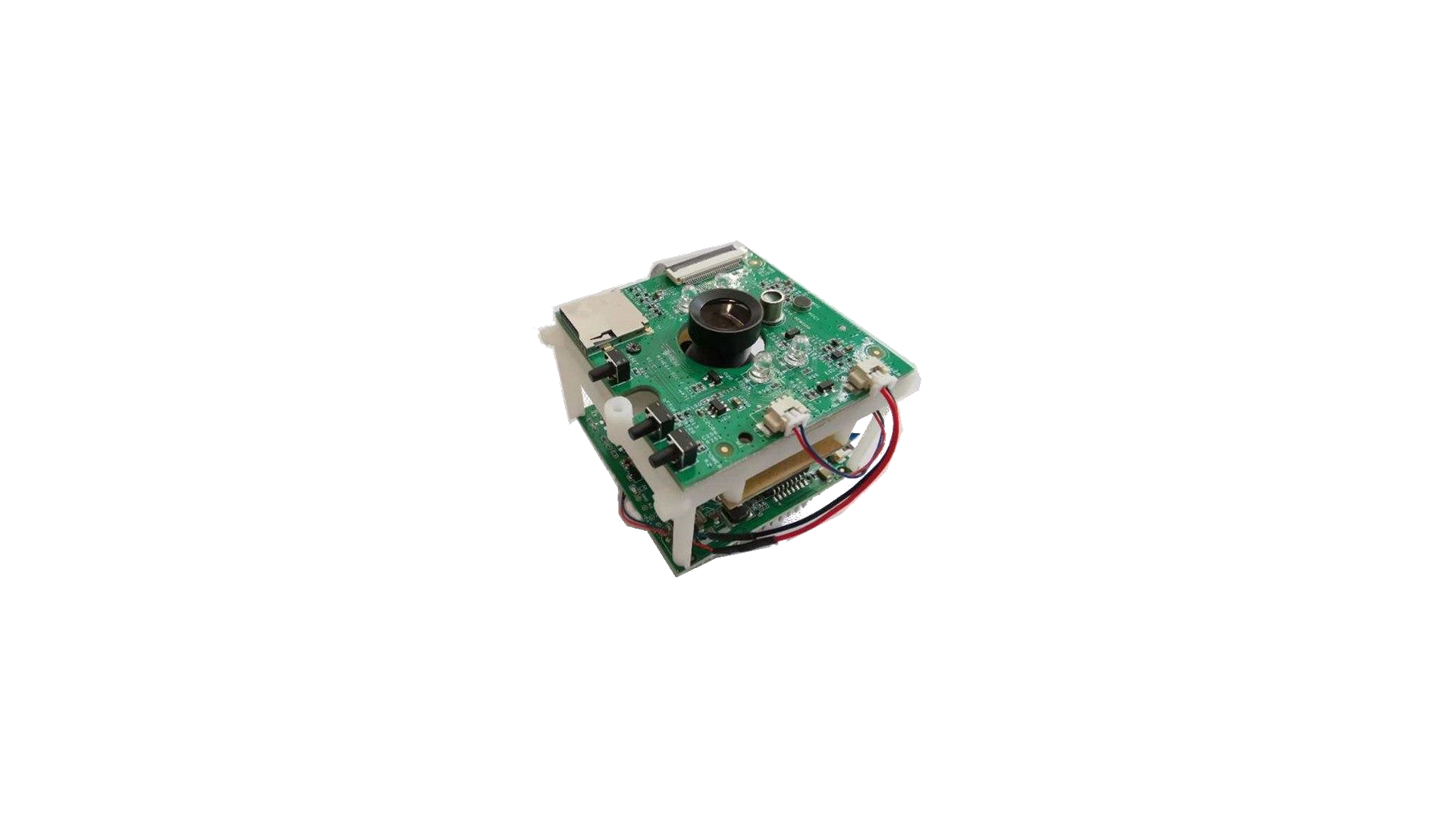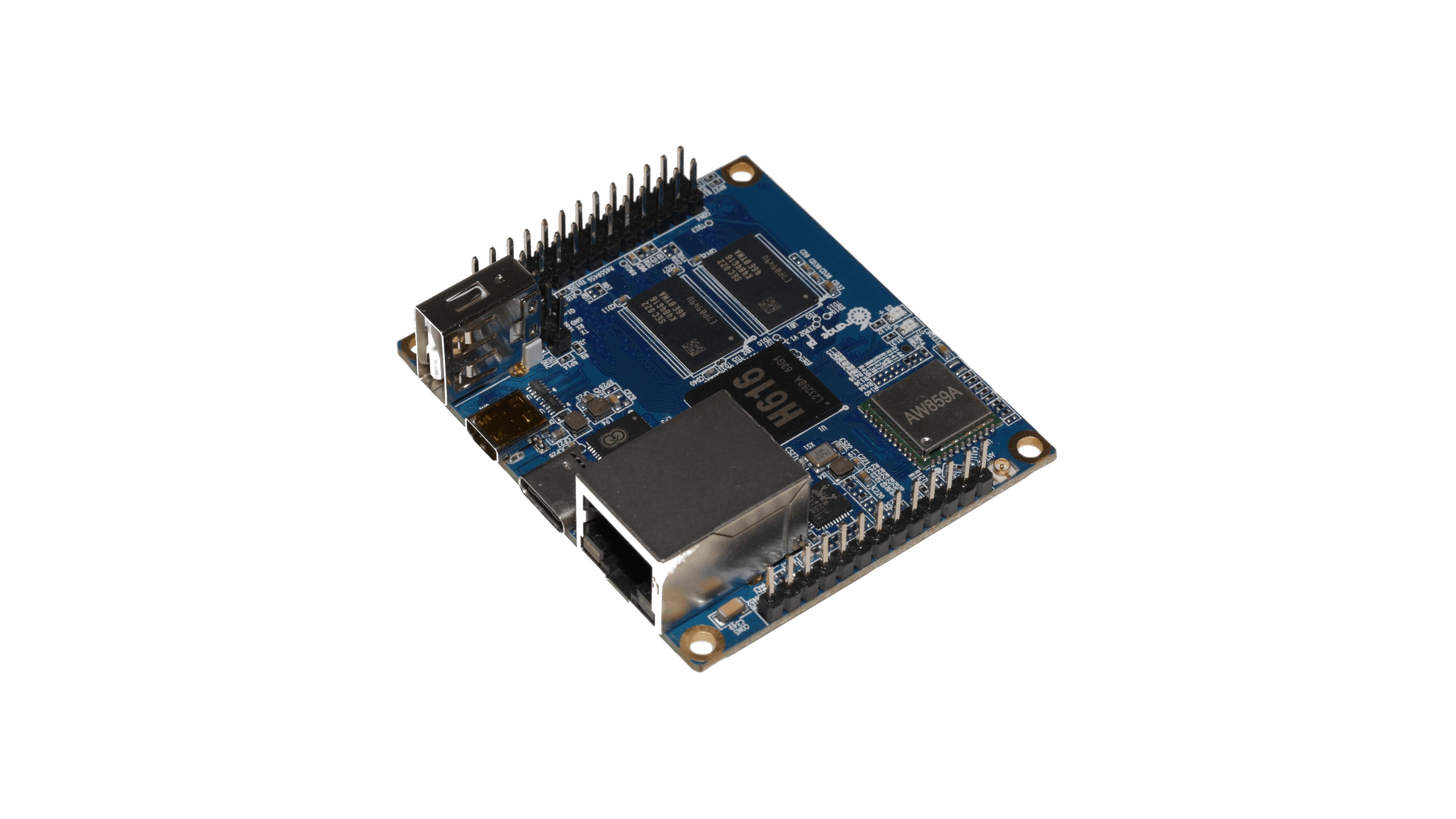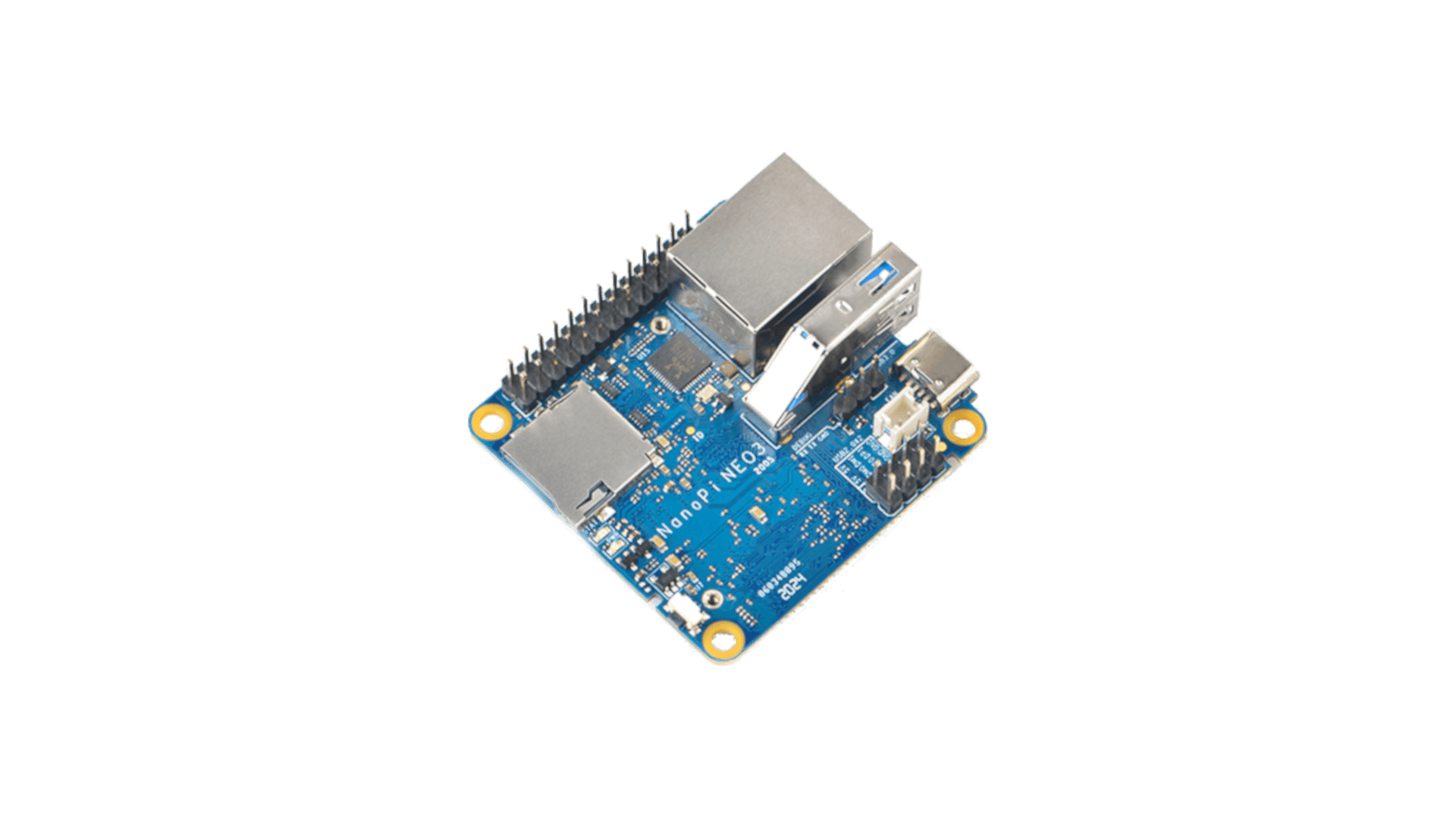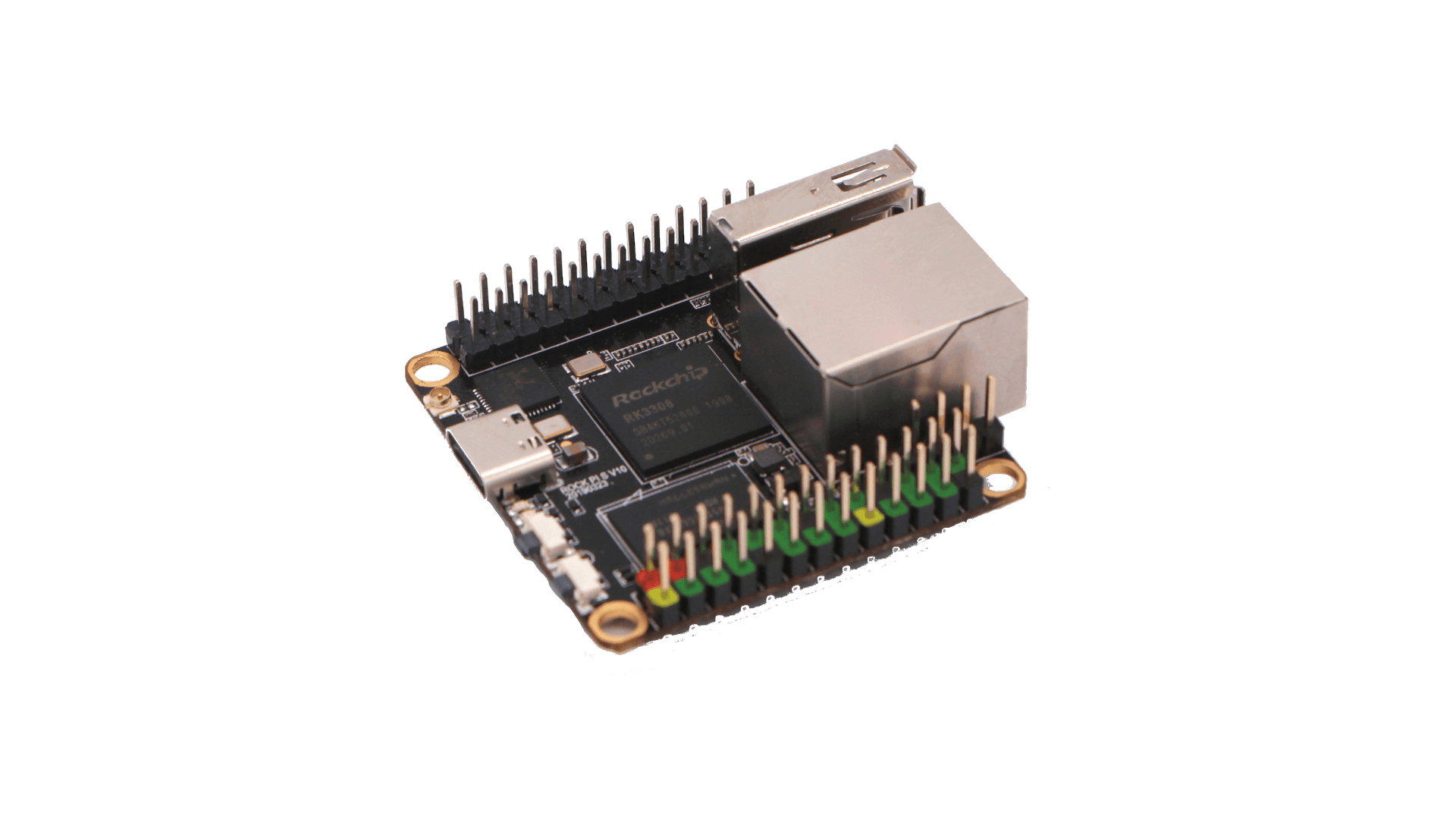If you have a Radxa Zero with eMMC (any model with 2GB or 4GB of RAM), you’ll need to erase the eMMC before you can boot it from a microSD card and use Armbian. 1GB version is not supported.
Full instructions are available on the Radxa wiki, but here are some quick notes.
– Connect a USB cable to the Zero’s OTG port (the USB-C plug marked USB-PWR)
– Hold down the “USB BOOT” button on the Radxa Zero while connecting the USB cable to a USB port on the Linux host
– sudo pip3 install pyamlboot on the host
– curl -O https://dl.armbian.com/radxa-zero/loader/radxa-zero-erase-emmc.bin
– sudo boot-g12.py radxa-zero-erase-emmc.bin
You may have to run the sudo boot-g12.py command a second time to fully clear the eMMC. In case you encounter boot issues, try this hint and report there.




